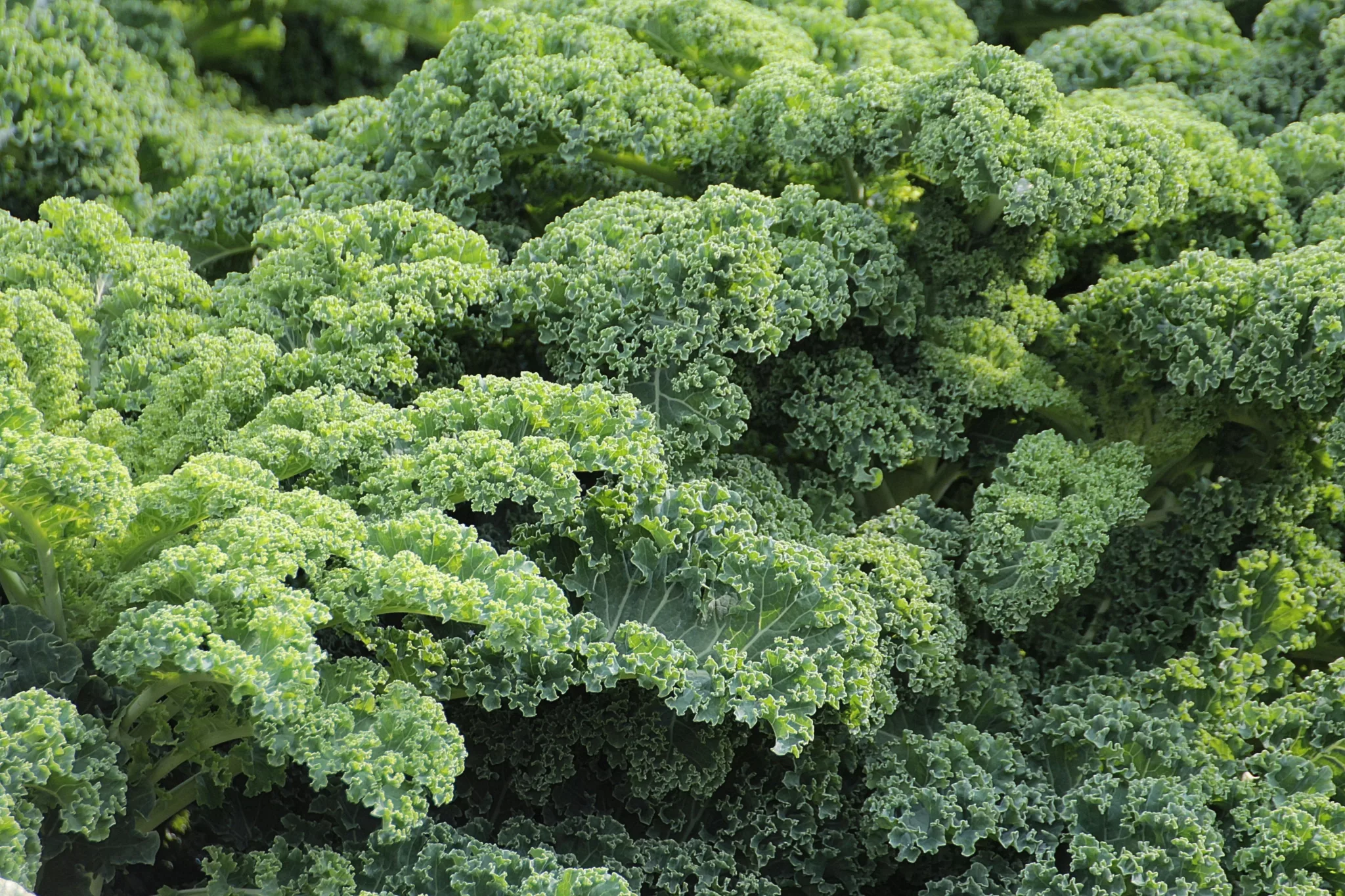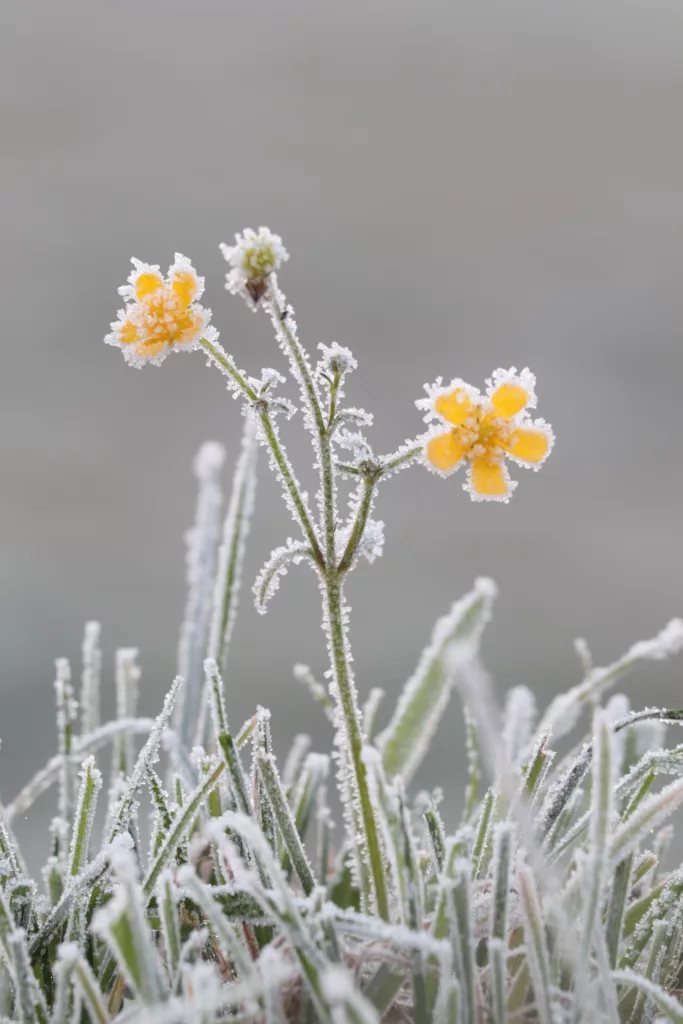Brassica oleracea
History:
Kale-like plants were referenced as early as the 9th century in Greek literature. Cato, in 210 B.C. referenced it directly. Kale is possibly the first cultivated brassica.
Seeding:
Seed indoors in mid January for an early spring transplant or late July or by early August for a fall garden. Seed ½ inch or so deep. Germination usually occurs in 5-10 days. Begin hardening off roughly 10-14 days before transplanting outside. Transplant outside in September once 2-4 true leaves have appeared.
You can also direct seed into your garden in mid March and Mid August.
Spacing:
10” – 12” for individual plants, where you will periodically harvest large leaves.
.5” – 1” for smaller, more succulent “salad green” leaves that are often only harvested once.
Cultivation:
Kale is a light feeder, but does do noticeably well in fertile, well drained soil. It is a resilient plant that can be harvested well into the winter. Able to withstand temperatures into the teens, Kale offers an excellent choice for a fall/winter garden. Leaf mulch is an excellent choice, particularly for kale and other brassicas.
Pests:
The cabbage worm, which is the larva of the beautiful White Cabbage Butterfly, is a pest that you will sometimes find on Kale. Pick these worms off mechanically or you can use a bacterial pathogen, Bacillus thuringiensis. This is a control method that is safe and offers excellent control of the worm. It is sold under several brand names. Another pest of Kale is the Flea Beetle. I have found that this pest is usually a problem during periods of high heat when the plants are stressed. Fall plantings are less likely to experience serious issues with flea beetles. Similarly, watch for Cabbage Aphids. These critters like plants that are stressed and weakened.
Harvest:
Kale is most tasty in the fall after a few light frosts. A single Kale plant will produce several harvests throughout the season. When harvesting, pick the leaves from the bottom and allow the newer leaves to continue to grow for the next harvest period. By picking regularly, you will ensure a longer cropping period and have plenty of tender, tasty leaves to eat on throughout the season. Kale is winter hardy and can be harvested even under a blanket of snow.


